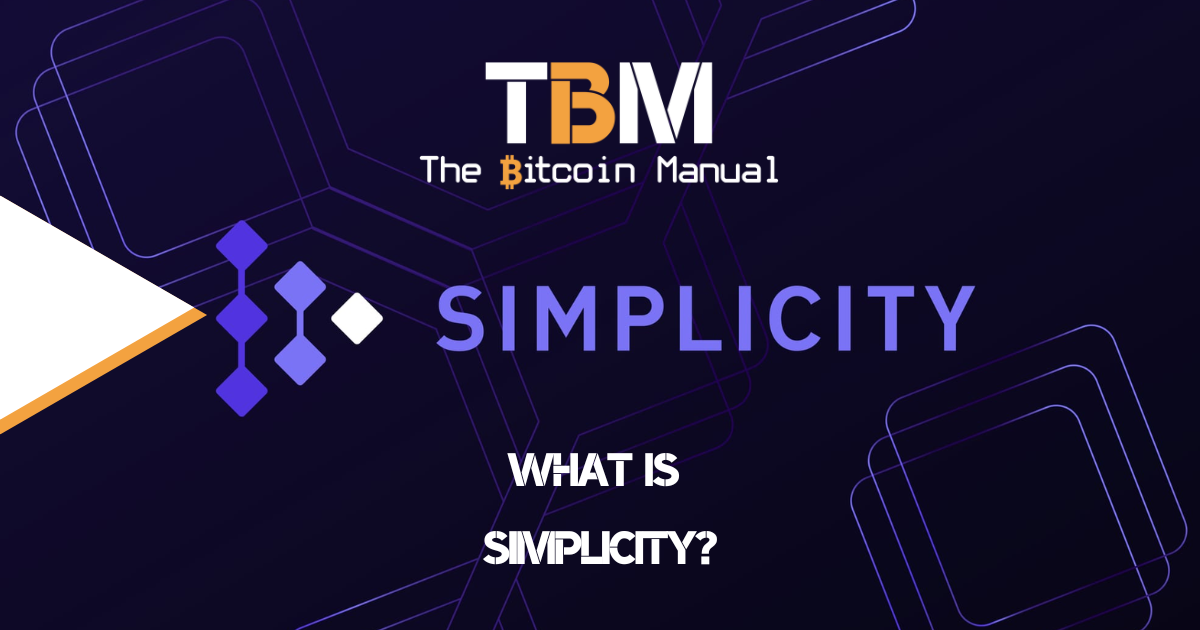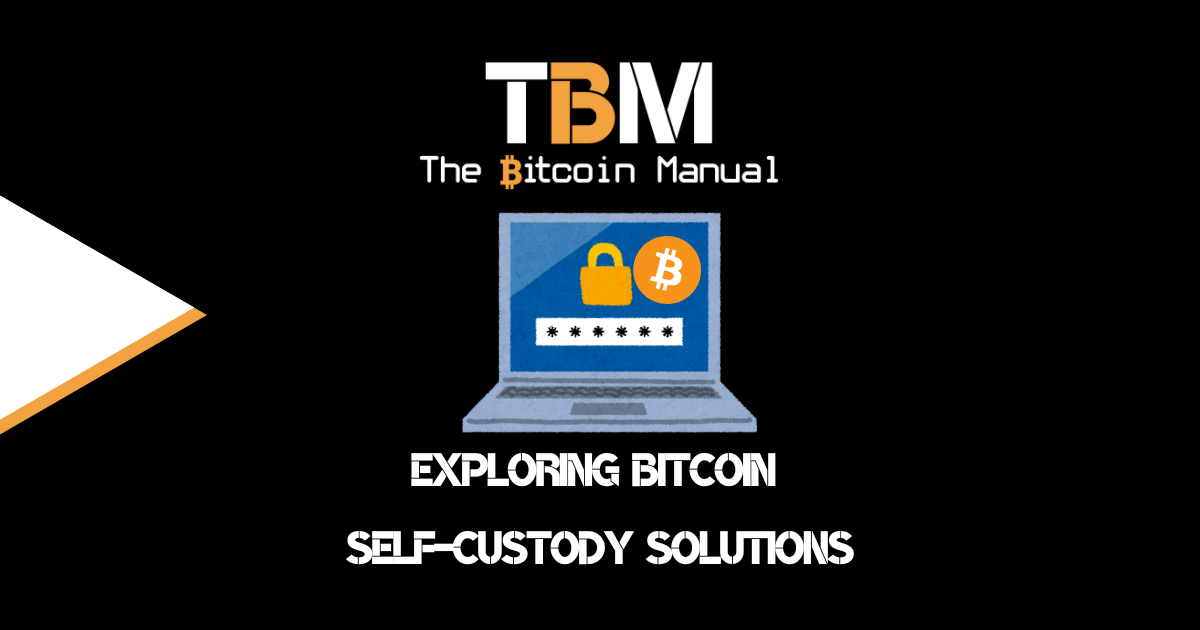As the world of ordinals continues to evolve and secondary markets spring up to meet the demand for trading inscribed satoshis, we’re seeing more developers and projects trying to divert some of that capital into their projects and, of course, pockets.
Who can blame them?
If people have the money and want to gamble, and you can profit from their need to gamble or naivety, why not? Ordinal fever has officially begun, and the blockchain is backed up as degens are flocking to this new casino where anyone can mint a token embedded in the Bitcoin blockchain.
When I say token, I use it very loosely.
These subpar token standards should make altcoin token promotors blush and feel rather silly. Altcoin chains went through all the effort to build Turing complete blockchains that can execute scripts within their chain’s consensus, generate smart contracts and create formal token standards.
Yet here we are, embedding JSON files into the Bitcoin blockchain along with a serial number, and that was enough to get people excited to trade.
I feel sorry for altcoin developers, you put so much time and effort into creating a concept, and your customer base is more than happy to trade text files. It’s as if those developers spent time building model planes for their customers, thinking that’s what they wanted, yet they’re more than content buying paper planes.
When speculation is in the air, caution gets thrown to the wind as “investors” ape into anything they think could turn themselves into a quick profit. The idea, the token, the implementation, it doesn’t matter; what matters is capital flows, and can I get in early enough to resell at a higher price? That’s it.
As traders run into the trenches with capital, these apes need some form of faeces to throw at the wall and hope something sticks. Someone needs to give them that poop token; in 2015, it was ICOs; in 2020, it was DEFI yield farming tokens; and now it’s Inscriptions, BRC-20, ORC-20 and SRC-20 tokens.
Digital ASS-hats, I mean assets, so hot right now.
Previous cycles had pegged Bitcoin as old tech, a dead project that was going nowhere and living off the glory of being the first to hit the market. Altcoiners build all sorts of weird and wonderful implementations to draw users away from Bitcoin, and for the most part, it worked. Bitcoin soldiered on had a few updates, L2s began to expand, and most degen trading and tokenisation happened in the altcoin market.
As the altcoin market drys up every cycle, liquidity backs up into Bitcoin. Instead of admitting the token economy is doomed to fail, it’s migrated to Bitcoin under the narrative that since Bitcoin is so reliable, tokens on it will magically inherit the properties of Bitcoin.
Additionally, with Bitcoin sitting at around $28 000, unit bias begins to kick in, and instead of trying to secure a piece of Bitcoin at these prices, traders are looking for small-cap trading opportunities.
The narrative behind these Bitcoin-based assets is that if Ethereum could build a multi-billion dollar market trading assets on top of it, Bitcoin could do the same, and if you get in early, you could net some healthy profits from the expansion of a new market.
Now that “building on Bitcoin” is the new current thing, we’re seeing an arsenal of products rolling out, namely:
- Inscriptions – NFTs (Jpegs or any media file but mostly Jpegs)
- BRC-20 Tokens (Fixed supply meme coins)
- ORC-20 Tokens (Flexible supply meme coins)
- SRC-20 Tokens/Stamps (Tokens and Tokenised offerings of NFTs)
Basically, all the bad ideas that were created in previous cycles on altcoin chains are now coming to Bitcoin with experimental implementations that are being monetised in real-time.
What could go wrong, right?

What are Bitcoin STAMPS?
If you’re creating a product to try and capture capital flows during a market frenzy or trend, you need to come up with a plausible use case or compelling narrative. One such development is the concept of Bitcoin stamps. Bitcoin Stamps or SRC-20 tokens have drawn some inspiration from Ordinals and Counterparty, a minting asset protocol that launched the Rare Pepes NFT collection in 2014.
The emergent STAMPS (Secure Tradeable Art Maintained Securely) protocol proposes a different embedding method for adding data to the Bitcoin blockchain. It makes different tradeoffs compared to the inscription technology used by Ordinals.
This is a completely different standard, and there is no interoperability between the two methods.
Creator Mike In Space claim that STAMPS guarantee greater permanence than other protocols as they are stored directly in the spendable transaction outputs of the blockchain, making them impossible to prune.
In the last month since the launch of the first STAMP, 16,500 STAMP had been created on the Bitcoin blockchain, outpacing the daily growth of assets created compared to Ordinals over its initial launch period.
What is ERC-1555?
As BRC-20 Tokens take inspiration from ERC-20 and BRC-721 gets its name from ERC-721, STAMPS are being compared to ERC-1155 tokens, a lesser-known standard for Ethereum token creation.
ERC1155 draws ideas from all of ERC20, ERC721, and ERC777. ERC-1155 combine properties of these other token standards as it enables the efficient transfer of fungible and non-fungible tokens in a single transaction. Using an ERC-1155 token, multiple items or attributes can be stored in a single, smart contract, and any number of items can be sent in a single transaction to one or more recipients.
The initial use of this standard was for gaming, where a player could trade items like swords, shields, and potions, but instead of having to tokenise each one and move them around, the ERC-1155 allows grouped transactions by embedding attributes into one token and moving them between users.
What are STAMPS being used for?
At the moment, not much apart from minting fractional NFTs and storing the storing data across all Bitcoin nodes comes at a cost. Since the method requires a lot of block space and resources, STAMPS suggested use case is for lightweight “24×24 pixel, 8-colour-depth PNG or GIF” that make up an entire NFT and can be sold in different portions based on the size of the image.
Think of this as fractional NFTs; instead of trading an entire PNG, you’re trading a slice of a larger PNG.
The developer of STAMPS has also noted that he is already in discussions with Emblem and Hiro Wallet to arrange protocol integrations, the former of which will allow users to buy and sell STAMPS on 3rd party marketplaces like OpenSea.
How Bitcoin STAMPS Work?
The Counterparty protocol is open source and is used as the base for STAMPS. Counterparty was previously used to issue NFTs by burning Bitcoin (sending it to a burn address) to acquire counterparties’ native token XCP, which was used to pay for the execution of all smart contract codes.
STAMPS does away with the need to burn your Bitcoin or use an altcoin and, instead, allows you to pay for a Bitcoin transaction as per normal but add information either into:
- OP_Return (For files smaller than 80 bytes)
- Fake Multi-Sig Addresses (For files larger than 80 bytes)
Since most STAMPS will be larger files, it would primarily use the bare multi-sig option instead.
How are STAMPS different from Ordinals and Inscriptions?
Bitcoin stamps are distinct from ordinals and inscriptions in several ways. While all three concepts involve adding information to a transaction, they serve different purposes and have unique characteristics.
- Ordinals can be pruned by nodes that wish to remove old witness data, while STAMPS cannot be pruned as it lives on the UTXO set.
- STAMPS require more resources and are more costly to use than Inscriptions.
- Ordinals use Taproot and can be conducted as a single signature transaction, where STAMPS is a multi-sig with the other keys being “fake data”; instead of it being a key to sign the multi-sig, it is STAMPS file data.
- Inscriptions are cheaper, as they use the SegWit discount, and the transaction construction is much more compact when compared to STAMPS.
- STAMPS can be destroyed if the UTXO set tied to it is spent from the wallet.
Another stamp of disapproval.
Bitcoin STAMPS represent the rehashing of a project that has been dormant for nearly a decade as a way to feed the speculation around filling Bitcoin block space with arbitrary data. They are far more inefficient to run than Ordinals but could still carve out a market based on the fact that it isn’t easily pruned if it’s not using OP_Return.
STAMPS could also find collectors willing to pay the premium simply because it is costlier to create/transfer, and minters aren’t keen to sell at a loss and would hold on for higher prices.
While both Inscriptions and STAMPS are valid ways of using Bitcoin, their block space-hungry usage does drive up fees on-chain. These vanity transactions marginalise traditional transactions as they conflict with users wanting to send Bitcoin, create and close Lightning channels and create collaborative custody at the cheapest fee possible.
I don’t need the maxi lecture.
There you have it, an introduction to STAMPS laid bare for you to decide what to do; if you’ve done your research and still want to participate in this market, go right ahead, and let the free market decide how to redistribute capital.
If you want to mint a Dick Butt picture or Taproot Wizard on the blockchain, you might want to use Inscriptions instead of STAMPS because it’s cheaper, but who am I to tell you how to send your money and do your gambling?
I am not.
Just remember, there are no bailouts in Bitcoin, and if you misallocate capital in this space, you will end up paying the price for it.
Do your own research.
If you want to learn more about SRC-20 on Bitcoin, use this article as a jumping-off point and don’t trust what we say as the final say. Take the time to research other sources, and you can start by checking out the resources below.
A token of no appreciation.
So what do you think of SRC-20 tokens? Will it take off and move more speculation to Bitcoin? Will the tooling used to create these standards become widely adopted? Or will this all fall flat on its face like previous attempts to add non-native assets on the Bitcoin base chain?
Let us know in the comments down below.




